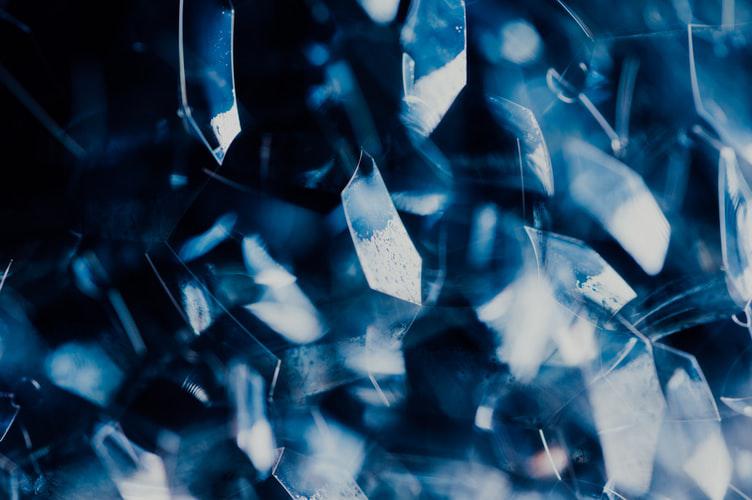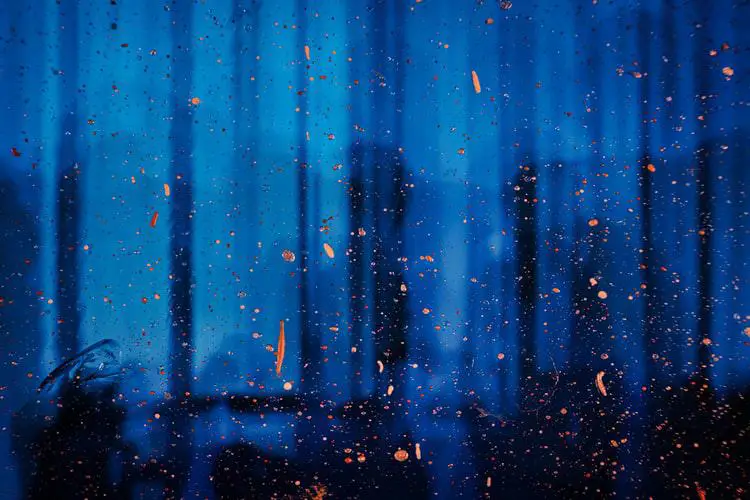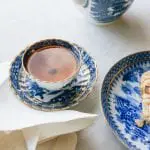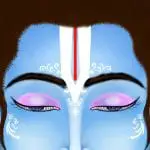An Artistic Film Trilogy
In the history of cinema, there are few films that are loved for the exploration and depiction of artistic excellence. Most films are critiqued for their story, characterization, roles played by actors, cinematography and direction. Krzysztof Kieslowski’s film trilogy, Three Colors -Blue, -White and -Red (1993 – 1994) has to be among the top-ranking artistic films ever made. To be clear, there are three films that the Polish filmmaker directed, the second and third being sequels to the first.
The artistic experience that the three films create can be described on so many levels. These are depicted by the chromatic tones, visually, and the musical score that affects the audience profusely. The narrative also adds to how the audience is affected by the film. If you think of the total artistic manifestation that these films evoke, you will realize the roles of color. The first movie has to do with the color blue (bleu in French) and blue objects symbolic of the French culture.
The Representation of Blue
Pointedly, each color corresponds to one of the colors on the French flag or the Tricolor. The three colors, blue, white and red, stand for liberty, equality and fraternity, respectively. This is the motto of France. The motto dates back to the French Revolution. This was the cry of the common folk and rebels. The first film in the trilogy, referred to commonly as “Blue”, is significant here. In this movie, distinct themes blend with life experiences. It is not only actual blue objects that the first film is about. It is to do with certain questions that must be posed about life in terms of what “blue” stands for.
Blue, as it represents “freedom” or “liberty”, is what the first film expresses. This film, Blue, may question whether one is truly free without love. Answers are received in the film, and Kieslowski’s insight into human nature is profound. To honestly understand how blue is represented in the first film, taking the narrative into account is important. The movie poster, a blue object, shows the protagonist, actor Juliette Binoche. She is portrayed against a rough sea that merges into a stormy sky. The colors are in deep blue indigo tones and in the darkest blues.
The Story of Blue
As the story of the first film, Blue, in the trilogy, unfolds, a young woman, Julie de Courcy, loses her husband and daughter in an accident. Struggling in her life to gain some closure, she wants “freedom” from the bonds of grief that tie her to the deaths. Julie (played by Binoche) was also in the accident, but survives. When she regains consciousness in the confines of a hospital bed, she feels her life is completely without meaning. She is shown trying to end her life, but she cannot bring herself to do this.
Julie withdraws from society and public life, and this is symbolic of her sadness. She sells everything, including the family home, in the hope of obliterating all that reminds her of her lost loved ones. Julie wishes to live a secluded life in a part of Paris where no one knows her. Leaving everything that reminds her of her past behind, she takes a single blue object with her. The object in question is a lamp, made of different hues of blue glass. This is a poignant display of her inability to completely separate herself from her past life. The action also visually symbolizes the color blue as being a metaphor for melancholia (such as in blues music).
A Relevant Scene
The scene of the taking of the blue lamp is one of the most relevant scenes of blue symbolism in the movie, though the color blue pervades Kieslowski’s whole masterpiece. The lamp scene connotes everything to do with truth, spirituality and sanctity. These are all themes linked with the color blue. It also gives forth the idea of the infinite related to the sky (which is blue). For Julie, she is melancholic because of loss, and she has the truth of her memories of lost beloved people. Truth is also seen as the fact of the actual feelings she feels. They are real and the truth of not being able to free herself from grief is authentic.
More Blue Tints and Hints
In the film, there are several sequences of scenes in which Julie swims in a large indoor swimming pool. The scenes are spread with shades of blue hues. All of them range from rich deep dark blues to lighter and brighter cobalt pigments, and fill the screen. Scenes are shot in near-darkness and blue hints are very obvious and effective. No dialogue takes place as she is swimming alone. There is no monologue either. Reminding the audience with blue objects in the film, Kieslowski tries to drive home all the emotions and ideas that the color stands for.
A remarkable feat of the director’s achievement in this movie is that he has stood true to his title in every sense of the word. By relating life experiences to a color, Blue, and blue objects, Kieslowski has pulled off a stunt like no other. As Julie swims in a pool that is redolent of the color blue, the impression that Kieslowski wants to create is one of surrender. Julie surrenders herself to the clear water, and we are left thinking of the origin of life. This is something akin to the idea of a baby being in liquid in a mother’s womb – the idea is basic and primordial.
During one of these instances, while Julie is swimming, again in the cool, pure blue water, she goes under. She remains there and comes up suddenly, gasping for air. She had apparently discovered that her husband was leading a double life before the accident. He had been having an affair with another woman. This was another attempt at ending her life, but something prompts her failure to see it through. The color blue sets the background, as a result, for essential landmarks in the film’s plot. Blue objects are related to life-changing revelations in the story, in this way.

Liberty Theme
Recurring in the film is a thread of positivity, a feeling that a person, no matter how hard she tries, wants to be at one with the world around her. With shades of blue objects and backdrops intertwining such scenes in the film, as well as deft blueish-black lighting effects, Kieslowski triumphs in showing a move to achieve freedom. There is the subtle hope (a positive approach to life), unknowingly at times, in Julie, to move ahead with her life, as much as her behavior shows us otherwise. The actually obvious theme of liberty, then, has two parts to it, as far as the film is concerned – freedom from the past, and freedom to go on.
A beautiful scene in the movie, in which Julie is sitting in a café, drinking a cup of coffee, brings out a sense of peace. Peace, also relegated to blue symbolism, is important in Julie’s evolution in the story. She must be at peace with herself and the circumstances around her if she has to forge ahead in her life.
She is shown as if lost in thought. She seems to be thinking that she must come out of her depression as she is alive and a part of the earth and sky (blue objects). In the scene, Julie is holding a sugar cube close to the top of her coffee cup. It is held above, but close enough to almost touch the coffee and get absorbed by it. This minimalist scene is a metaphor for a significant theme – the way that Julie must attain freedom is to get absorbed in the world around her. She is part of this world, the world of the living.
Julie and Lucille
An event in which Julie decides that she is decisively part of the living world is one with a tenant who stays in an apartment below her. Her name is Lucille and when another resident approaches Julie to sign a petition to evict Lucille, a prostitute, Julie refuses, saying she cannot be involved. Lucille is so filled with gratitude as she goes to thank Julie in person. Julie has done Lucille a good turn, without her even realizing it, preventing her eviction. Lucille stands for humanity that links Julie with the living world.
As Lucille is in conversation with Julie, she notices a blue object – the beautiful etched glass lamp. Lucille comments that it reminded her of one just like it that she had in her room as a child. This covertly relates the past to the present. In a scene that follows at another point in the film, Julie goes to help Lucille when she gets a call from her. Clearly, this reaction denotes her willingness to be in the present world.
A series of events follows, involving her mother and the woman that her husband was having an affair with. Julie also becomes close to Lucille and Olivier, a close friend. She realizes that love can, in fact, set a person free – love received and that which is meted out. Kieslowski brings a philosophical aspect here – love can truly set a human being free if it is experienced in a sense that is reciprocal.



